Description
Blockchain technology is often viewed as complex and technical, but at its core, it is a straightforward concept that can be understood with a few key principles. This document aims to break down the intricacies of blockchain into simple terms, making it accessible to everyone, regardless of their technical background. By the end of this explanation, readers will have a clear understanding of what blockchain is, how it works, and its potential applications.
What is Blockchain?
At its most basic level, a blockchain is a digital ledger that records transactions across many computers in such a way that the registered transactions cannot be altered retroactively. This ensures the integrity and security of the data. Think of it as a chain of blocks, where each
block contains a list of transactions. Once a block is filled with transactions, it is linked to the previous block, forming a chain.
Key Components of Blockchain
1. Blocks: Each block contains a set of transactions, a timestamp, and a unique code called a hash that identifies the block. The hash of the previous block is also included, linking the blocks together.
2. Decentralization: Unlike traditional ledgers that are controlled by a single entity (like a bank), a blockchain is decentralized and distributed across a network of computers (nodes). This means no single person or organization has control over the entire blockchain.
3. Consensus Mechanisms: To add a new block to the chain, the network must agree that the transactions are valid. This agreement is achieved through consensus mechanisms, such as Proof of Work or Proof of Stake, which ensure that all participants in the network are in sync.


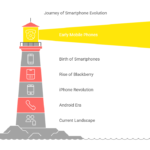

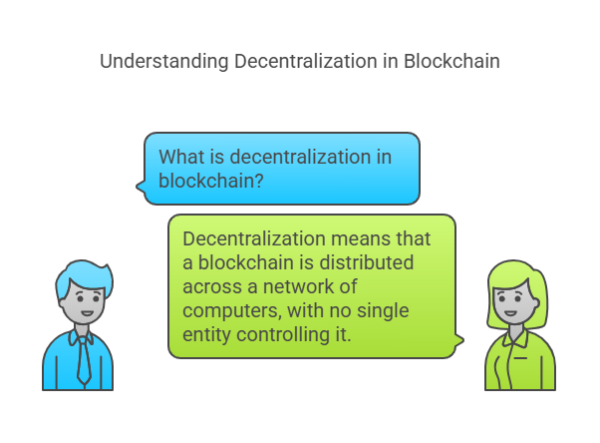
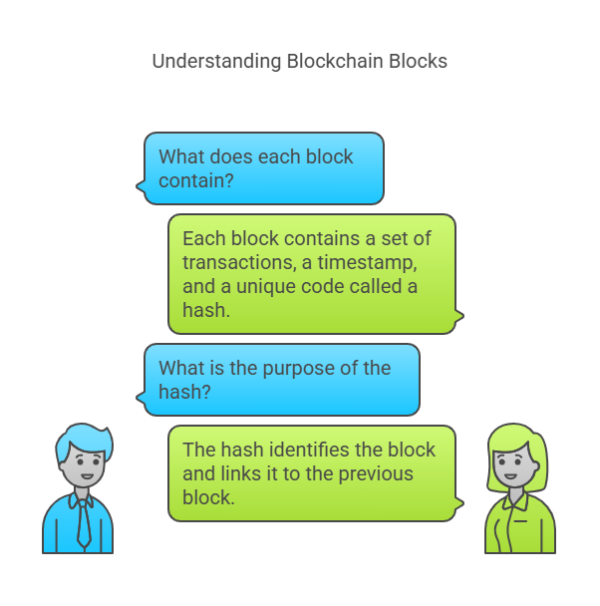
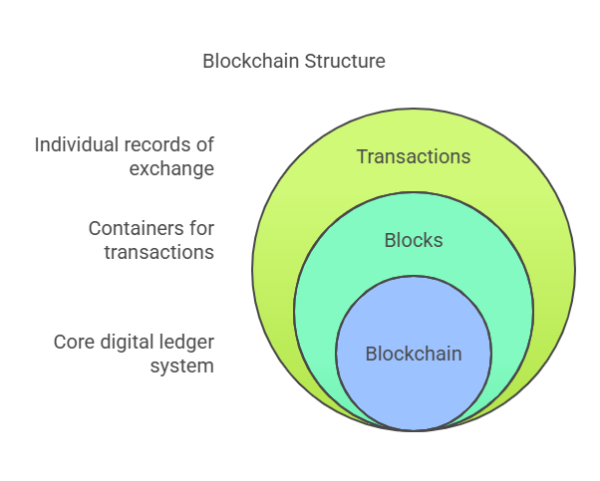



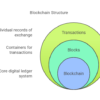
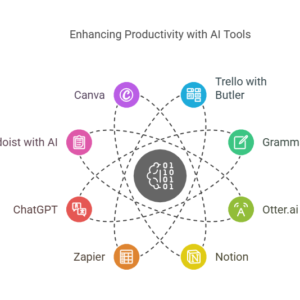
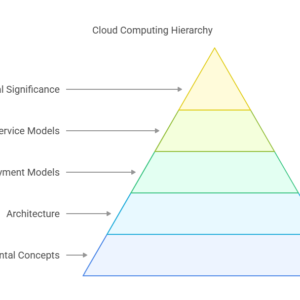
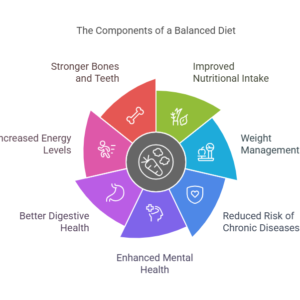
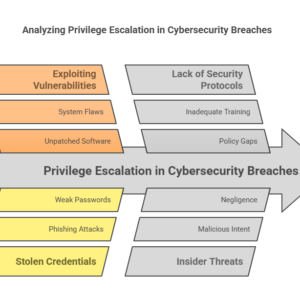
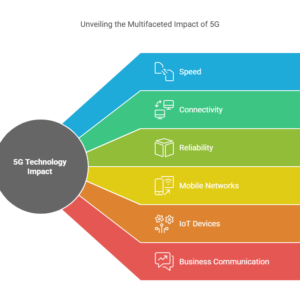 How 5G Technology is Transforming Communication
How 5G Technology is Transforming Communication
Reviews
There are no reviews yet.